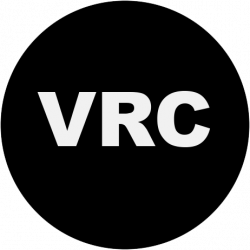MoMA recently opened a new exhibition, Inventing Abstraction, 1910–1925, and this ground-breaking survey is accompanied by an equally ground-breaking website. The exhibition takes a multidisciplinary look at the development of abstraction and as such:
The exhibition brings together many of the most influential works in abstraction’s early history and covers a wide range of artistic production, including paintings, drawings, books, sculptures, films, photographs, sound poems, atonal music, and non-narrative dance, to draw a cross-media portrait of these watershed years.
In the October, ARTnews reported that the Leah Dickerman, curator of the exhibition, was collaborating with Paul Ingram of Columbia University’s business school because he specializes in social network analysis. Dickerman wanted to visually display connections and friendships among the artists and creators involved in the genesis of abstraction, and she and her team, along with their business school partners, began mapping connections in an Excel spreadsheet. The project then turned into a dynamic network of artists and other creative types connected by vectors. They liken the project to a Facebook or LinkedIn network for the abstract vanguard.
In the ARTnews article, Paul Ingram “explains that the quality of ‘between-ness’ in the network—being on multiple paths between others—is associated with creativity. According to this measure, he says, Kandinsky is the most central figure in MoMA’s history of abstraction.” The interactive chart highlights key players in red, and for each artist represented on the chart, more information about their role, interests, and works is provided.
And as an aside, the ARTnews article mentions several other charts or family trees that had been created to document relationships (either sincerely or snarkily) in modern art movements—be sure to check out the very famous Barr’s Chart! These genealogical charts differ greatly from the social vectors described in the new MoMA chart, but provided the initial inspiration for the website’s diagram. Another “genealogical” example comes from the Irving Penn Archives, housed at the Art Institute of Chicago: Penn drew an a family tree, titled “An Immodest Claim to Artistic Roots,” in which he lists several of the artists included in MoMA’s Inventing Abstraction exhibition including Fernand Léger, El Lissitzky, and Man Ray. You can view his tree here.
The VRC will be adding images from the exhibition to our LUNA collection soon!
Via ARTnews

